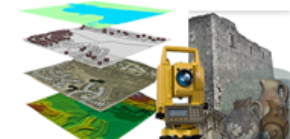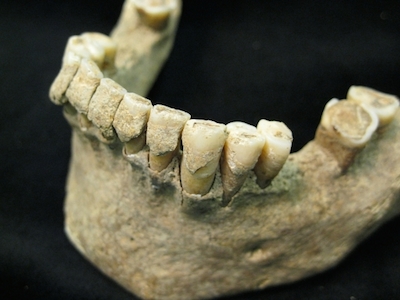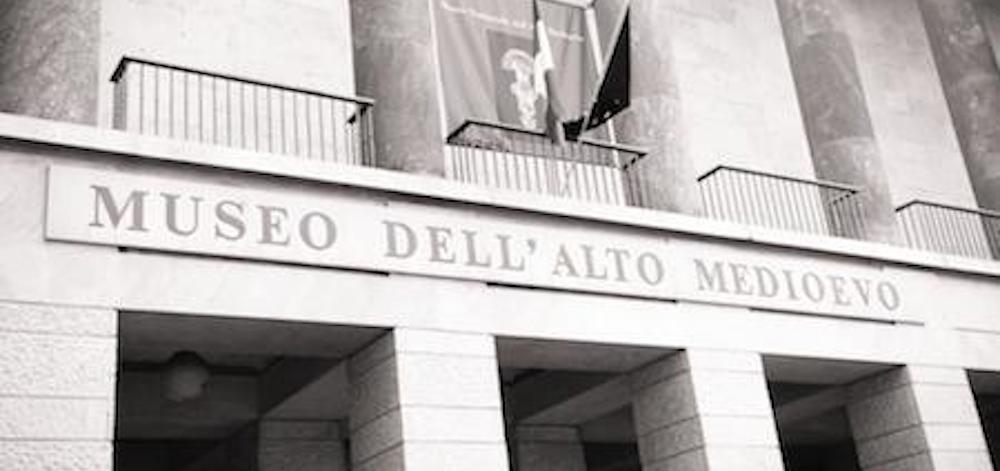Dental calculus, or tartar, present in a 1000-year-old skeleton has helped researchers find “microbial Pompeii.” The study showed that the germs that affected our ancestors continue to cause cavities in modern humans. Interestingly, the study also shows that microbes had the same genetic signature centuries before the arrival of antibiotics. Their research shows that dental calculus contains valuable information about microbial life affecting early humans. About 32 scientists at twelve institutions in seven countries participated in the current study. They analyzed the DNA of the ancient oral cavity to learn…
Read MoreGiorno: 28 Febbraio 2014
Ancora un articolo sulla minacciata chiusura del museo dell’Alto Medioevo di Roma
Tra i primi dossier – o “grane” – sul tavolo di Dario Franceschini, dal 22 febbraio alla guida del ministero dei beni e della attività culturali (Mibact), c’è «la sciagurata decisione», come la definisce il professor Federico Marazzi, di chiudere il Museo nazionale dell’Alto Medioevo di Roma, presso il Palazzo delle Scienze all’Eur. «Certamente, spiega l’illustre medievista, la cosa che più mi ha colpito in questa vicenda è stato il fatto che questa decisione sembra sia stata presa con il “pilota automatico”. In assenza cioè di qualsiasi confronto con la struttura…
Read More



